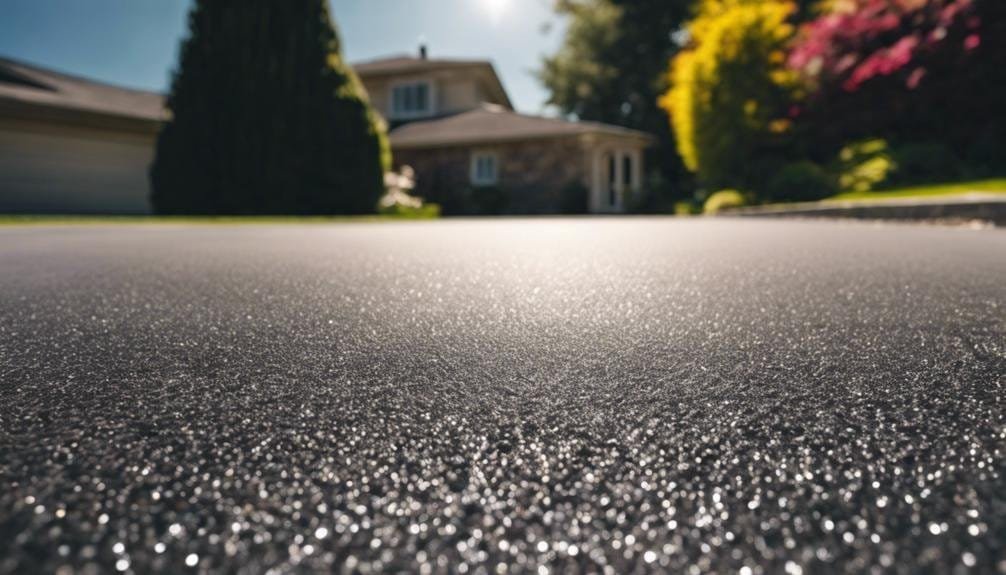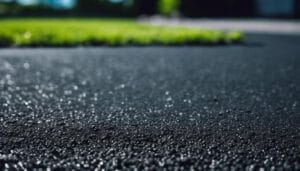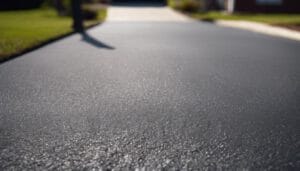Did you know that seal coating can potentially save you up to $120,000 over 15 years in maintenance costs alone? Imagine the impact this could have on your property’s longevity and overall appearance.
When it comes to protecting your investment, sealcoating offers a multitude of benefits that go beyond just cost savings. From enhancing durability in extreme conditions to improving safety and curb appeal, the advantages are undeniable.
So, why not explore how sealcoating can transform your property and provide long-term value?
Key Takeaways
- Sealcoating extends pavement lifespan and prevents costly repairs.
- Enhances weather resistance, shielding against UV rays and water intrusion.
- Improves safety with better skid resistance and reduced accidents.
- Boosts property value by enhancing curb appeal with a fresh, clean appearance.
Importance of Sealcoating
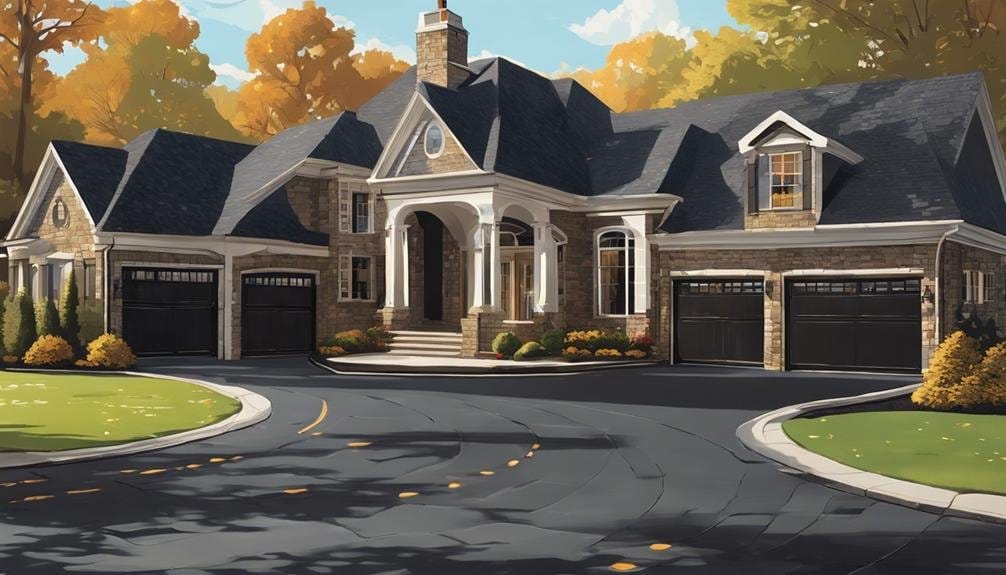
Sealcoating plays a crucial role in preserving asphalt surfaces by forming a protective barrier that shields against environmental elements and wear. This protective barrier is vital in preventing water infiltration, which is a significant cause of damage to asphalt surfaces. By sealing the surface, sealcoating acts as a waterproofing agent, thus extending the life of the pavement. Furthermore, sealcoating serves as a form of preventive maintenance, reducing the need for costly repairs in the future.
The application of sealcoating not only protects against water penetration but also enhances the overall durability of the asphalt. This process creates a barrier that shields the pavement from harmful UV rays, oils, and other substances that can cause deterioration. By maintaining this protective layer, you’re effectively increasing the lifespan of your pavement and reducing the frequency of repairs needed. In essence, sealcoating is a proactive measure that ensures your asphalt surfaces remain in optimal condition for an extended period.
Enhancing Weather Damage Resistance
Enhancing the resistance of asphalt pavement to weather damage involves establishing a protective barrier that shields against environmental factors such as UV rays, chemicals, and oil spills. This protective layer plays a crucial role in safeguarding the pavement against water intrusion, which is a primary cause of cracking and deterioration. By reducing the impact of UV rays and other harmful substances, sealcoating enhances the pavement’s weather resistance, ultimately extending its lifespan and reducing the need for frequent repairs.
| Environmental Factors | Impact on Pavement | Importance |
|---|---|---|
| UV Rays | Accelerate pavement deterioration | Shielding against UV rays helps prolong the pavement life |
| Chemicals | Can weaken pavement structure | Resisting chemicals maintains the integrity of the asphalt pavement |
| Oil Spills | Cause surface degradation | Protection against oil spills preserves the appearance and quality |
Prolonging Surface Lifespan
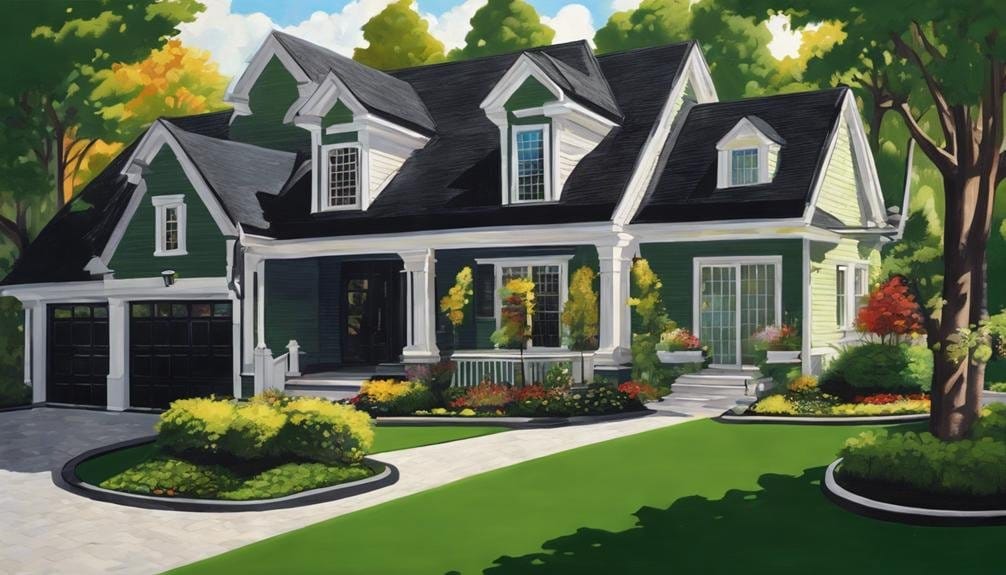
To prolong the surface lifespan of asphalt pavement, a protective barrier is established through sealcoating, shielding against various environmental factors that cause deterioration and damage.
Sealcoating acts as a barrier that protects your pavement from extreme weather conditions, such as UV rays, rain, snow, and ice. By applying sealcoat regularly, you can prevent water intrusion, oxidation, and damage from oils and gasoline, which ultimately extends the life of your asphalt surface.
Addressing repairs promptly and conducting regular maintenance through asphalt sealcoating not only safeguards your pavement but also enhances its appearance. Moreover, proper sealcoating enhances the flexibility and skid-resistance of the pavement, reducing the likelihood of cracks, potholes, and extensive damage.
Preventing Cracks and Deterioration
By filling hairline cracks and preventing water intrusion, sealcoating plays a crucial role in slowing pavement deterioration and extending its lifespan. Asphalt surfaces are constantly exposed to harsh weather conditions and traffic, leading to cracks and deterioration over time.
Seal coating acts as a protective barrier, preserving the integrity of the asphalt by sealing off these vulnerable areas. This process not only prevents water from seeping into the pavement but also shields the asphalt binder from damaging substances like oils and gasoline.
By maintaining the surface through seal coating, you’re effectively reducing the likelihood of water damage, which can save you significant costs in the long run. Investing in regular sealcoating as part of your pavement maintenance routine offers long-term benefits by extending the life of your asphalt, enhancing skid-resistance, and ensuring a smooth driving surface.
It’s a cost-effective solution that improves safety, durability, and overall property value.
Improving Curb Appeal
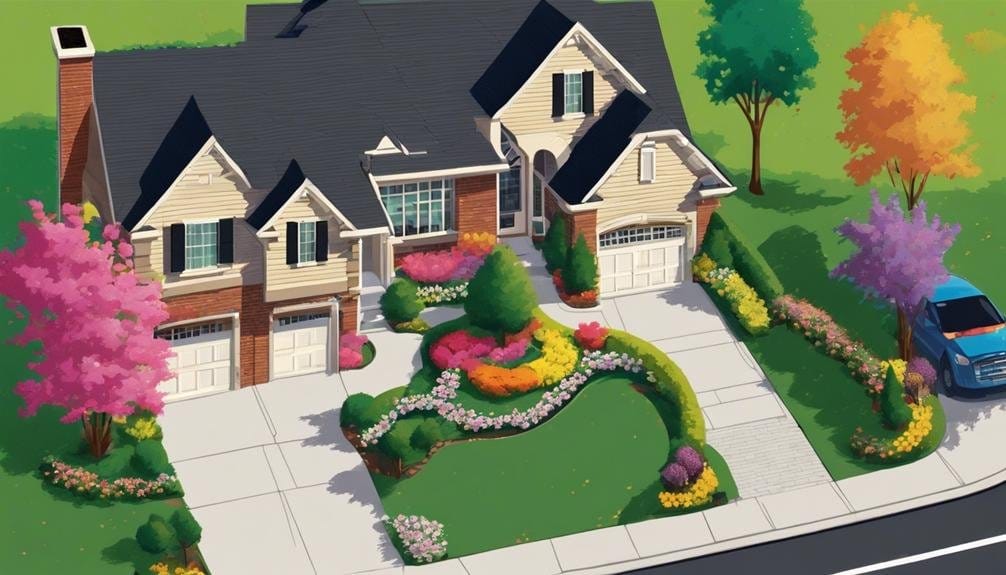
Improving curb appeal through sealcoating involves enhancing the visual appeal of driveways and parking lots with a fresh, black, clean appearance. A well-maintained, sealcoated surface not only makes a great first impression on visitors and potential buyers but also increases the overall aesthetic value of the property. Fresh pavement markings on a sealcoated surface further contribute to enhancing curb appeal, especially for businesses and properties looking to stand out.
To illustrate the impact of sealcoating on curb appeal, consider the following comparison:
| Without Sealcoating | With Sealcoating |
|---|---|
| Faded, cracked pavement | Fresh, black appearance |
| Dull, uninviting surface | Clean and well-maintained |
| Negatively impacts property value | Potential 10% increase in property value |
Cost-Effective Maintenance Solution
Achieve significant cost savings by opting for sealcoating as a proactive maintenance solution for your asphalt surfaces. Sealcoating is a cost-effective method with prices ranging from $0.06 to $0.30 per square foot.
For a two-car asphalt driveway, the average cost to sealcoat falls between $100 and $190, offering substantial savings compared to costly replacements. Residential driveways, typically costing within the same range, present an affordable maintenance option for homeowners.
When it comes to parking lots, the expense can be between $7,400 to $10,400 per acre for sealcoating, highlighting the cost-effectiveness of this maintenance solution. Calculating the quantity of sealcoating needed is crucial for efficient material use, with one gallon covering approximately 100 square feet.
Shielding Against UV Rays
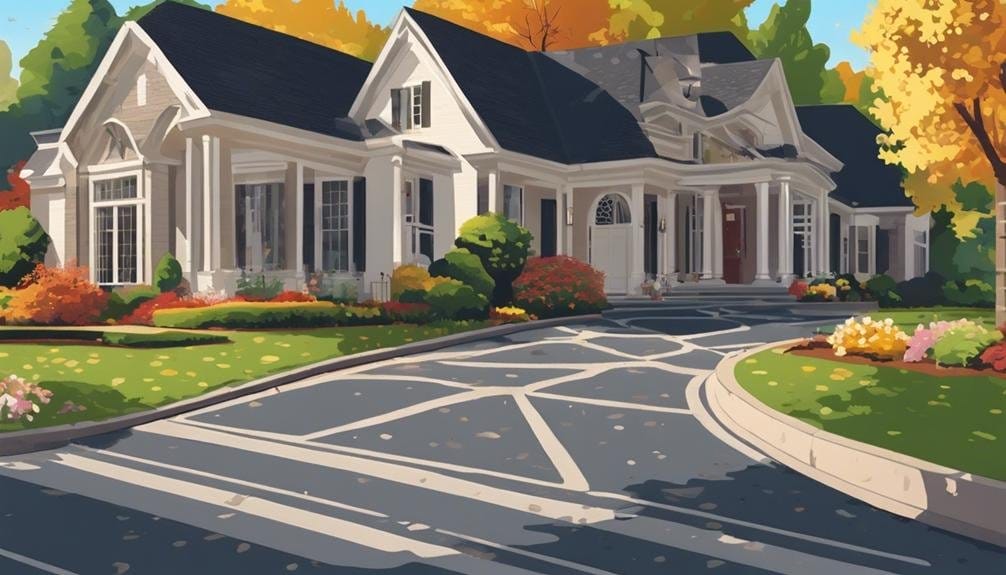
Shielding asphalt surfaces from harmful UV rays is crucial in preventing oxidation and deterioration that can weaken the asphalt binder over time. Sealcoating acts as a protective barrier against UV exposure, effectively extending the life of the pavement. By applying sealcoating regularly, you can mitigate the damaging effects of UV rays, maintaining the structural integrity of the asphalt surface. This not only enhances the durability of the pavement but also helps preserve its color and appearance over time.
Key Points:
- Sealcoating shields asphalt surfaces from UV rays, preventing oxidation and deterioration.
- Sealcoating acts as a barrier against UV exposure, extending the life of the pavement.
- Regular sealcoating helps maintain the structural integrity of the asphalt surface.
- Protection from UV rays preserves the color and appearance of the pavement.
Enhancing Durability in Extreme Conditions
In extreme conditions, sealcoating serves as a vital protective layer for asphalt surfaces, safeguarding them against a range of harsh environmental factors. Sealcoating acts as a barrier, preventing water intrusion and protecting the asphalt from daily wear and tear that can occur in challenging climates. By utilizing premium materials, sealcoating not only enhances the durability of the pavement but also beautifies its appearance. It plays a crucial role in maintaining the structural integrity of the asphalt by filling existing cracks or potholes, ultimately extending the lifespan of the surface.
The protective barrier created by sealcoating shields the asphalt from extreme weather conditions such as UV rays, rain, frost, and snow. This barrier helps the pavement withstand high temperatures and heavy rain, reducing the risk of cracks and deterioration even in the harshest climates. Additionally, sealcoating prevents water intrusion, which can lead to freeze-thaw damage in colder regions. By safeguarding against chemical exposure and wear, sealcoating ensures the longevity of the pavement under challenging environmental circumstances.
Minimizing Water Damage and Erosion
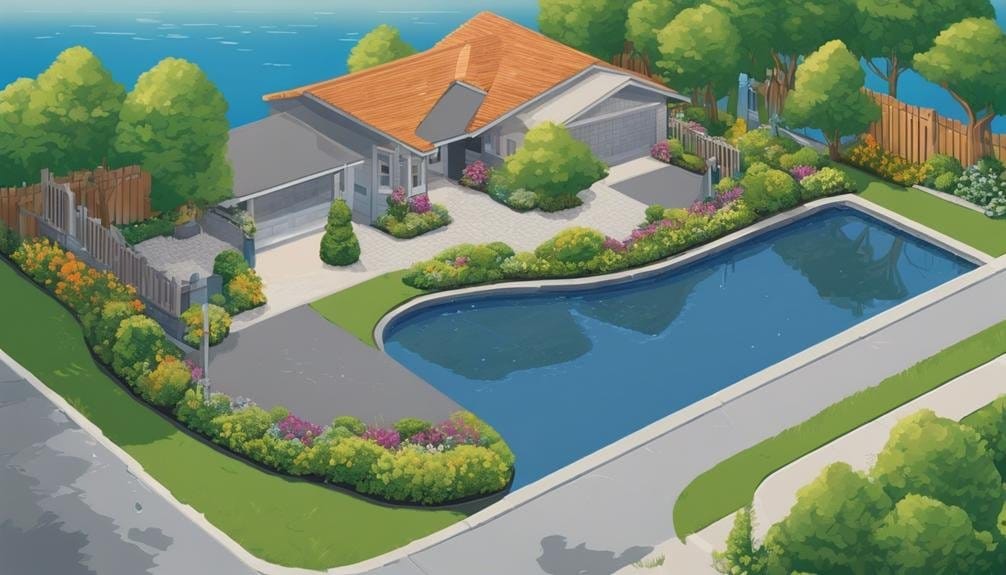
Minimizing water damage and erosion, sealcoating effectively prevents water intrusion by filling hairline cracks, thereby reducing the risk of pavement deterioration. Sealcoating acts as a protective barrier, safeguarding the asphalt surface from the harmful effects of water and erosion.
Here are key points to consider:
- Prevention of Erosion: Sealcoating slows down the deterioration process caused by oxidation, which shields the asphalt binder from oils and chemicals that typically lead to erosion.
- Enhanced Safety: By improving skid resistance, sealcoating helps minimize the chances of accidents resulting from slippery surfaces, particularly in parking areas and driveways.
- Extended Pavement Life: Sealcoating serves as a shield against water, frost, and snow, all of which contribute to erosion, thereby prolonging the lifespan of the pavement.
- Crack Prevention: The flexibility provided by sealcoating helps in preventing cracks and damage from expanding, preserving the asphalt surface against erosion and increasing its longevity.
Conclusion
In conclusion, sealcoating offers a multitude of benefits that are essential for maintaining the integrity and longevity of asphalt surfaces. By enhancing weather resistance, preventing cracks, improving curb appeal, and providing cost-effective maintenance, sealcoating proves to be a valuable investment for property owners.
With its ability to shield against UV rays, withstand extreme conditions, and minimize water damage, sealcoating is a crucial component in protecting and preserving pavement surfaces for years to come.
